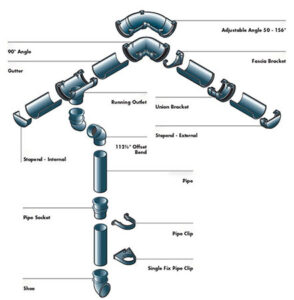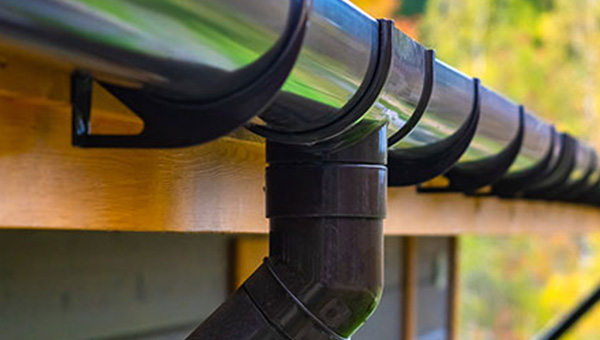Gutters and downpipes might not be the most glamorous parts of your home, but they play a crucial role in protecting your property from water damage. As a homeowner, understanding their importance and how to maintain them can save you thousands in potential repairs. Let’s explore why these humble systems deserve your attention.
What Do Gutters and Downpipes Actually Do?
The primary function of gutters and downpipes is to control the flow of rainwater from your roof. They collect water that runs off your roof and channel it away from your home’s foundation, walls, and landscape. Without this system, rainwater would simply cascade off your roof, potentially causing several serious problems.
The Consequences of Poor Drainage
When gutters and downpipes fail or are absent altogether, several issues can arise:
- Foundation Damage: Water pooling around your foundation can lead to cracks, settling, and even structural failure in severe cases.
- Basement Flooding: Excess water near your foundation increases the risk of basement leaks and flooding.
- Soil Erosion: Uncontrolled water flow can wash away soil from your garden beds and landscape.
- Siding Damage: Water running down exterior walls can damage siding, paint, and eventually the structural elements behind them.
- Mold and Mildew Growth: Persistent moisture creates perfect conditions for mold and mildew to develop.
Signs Your Gutter System Needs Attention
Watch for these warning signs that indicate your gutters and downpipes need maintenance or replacement:
- Gutters that sag or pull away from the roofline
- Water marks or damage under the gutters
- Peeling paint or rust spots
- Water collecting around your foundation
- Gutters that overflow during rainfall
- Visible cracks or splits in gutters or downpipes
Choosing the Right Materials
Gutters and downpipes come in various materials, each with their own advantages:

- Aluminum: Lightweight, rust-resistant, and available in many colors
- Copper: Expensive but extremely durable with an attractive patina as it ages
- Steel: Strong and durable, though can rust without proper coating
- PVC: Inexpensive and easy to install, but less durable in extreme weather
- Zinc: Long-lasting with low maintenance needs
Maintenance Tips for Homeowners
Regular maintenance will extend the life of your gutter system:
- Clean gutters at least once a year, more if you have overhanging trees
- Check for and repair leaks, cracks, or separated joints
- Ensure downpipes direct water at least 3-5 feet away from your foundation
- Inspect after severe storms for damage
When to Call a Professional
While much maintenance can be DIY, some situations call for professional help:
- Installing a completely new gutter system
- Addressing significant sagging or structural issues
- Integrating complex drainage solutions
- Working on gutters for multi-story homes (safety concerns)
The Value of Investment
Quality gutters and proper installation might seem expensive initially, but consider it an investment in your home’s longevity. The cost of replacing gutters is minimal compared to repairing foundation damage or remedying mold infestations.
Conclusion
Your home’s gutter and downpipe system may not be something you think about often, but it deserves your attention and care. By understanding its importance and providing regular maintenance, you’re protecting one of your biggest investments—your home—from preventable water damage. Take some time this season to inspect your gutters and ensure they’re ready to do their job effectively.
